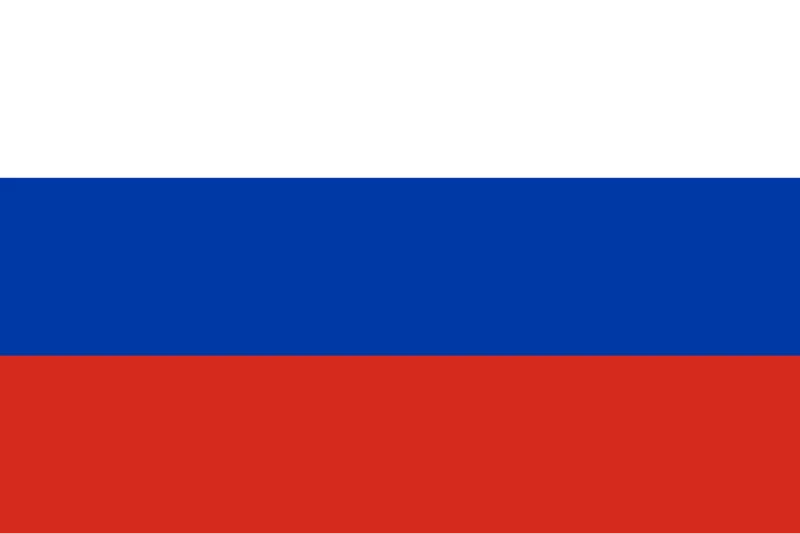
By the time most of the world began celebrating their post-pandemic economic cool-down, Russia was heading in the opposite direction. Inflation is surging, not slowing. In December 2024, Russian consumer prices rose a staggering 9.5% compared to the same month the year before. That’s not just above the Central Bank of Russia’s 4% target, it’s more than double. And while the rest of the world breathes easier, watching prices stabilize, Russians are paying 20% more for basic fruits and vegetables.
In most countries, such inflation would trigger alarm bells across society. Central banks would implement higher interest rates.
Businesses would rethink hiring and investment plans. Shoppers would cut back, stretching each paycheck like a rubber band ready to snap. But Russia? Russia is not a normal economy. It’s a war economy.
Since the invasion of Ukraine in 2022, Russia’s economy has entered a strange hybrid state neither fully closed nor open, neither collapsing nor truly thriving. Western sanctions cut off vital import routes and financial flows, while Russia scrambled to rewire its supply chains through China, Iran, and other non-Western allies. That rerouting hasn’t come cheap. With global trade patterns disrupted and fewer partners to work with, import costs have soared.
The government also continues to spend heavily. Defence spending is at wartime levels, accounting for over 6% of GDP. State subsidies are everywhere keeping industries afloat, supporting households. It’s as if the entire economy has been on hold.
Sustaining a long, grinding war effort. In such a context, inflation is not just a number. It's a choice of guns over butter, control over competition, state planning over market correction.
In a "normal" country, inflation at nearly 10% would be politically and socially explosive. But Russia’s system is programmed differently. Vladimir Putin’s government tightly manages the narrative. Official statistics are carefully framed. Dissident voices are silenced. And for many ordinary Russians, the memory of even worse economic chaos like the hyperinflation of the 1990s is still fresh.
But There's a strange strength in Russia’s weakness. With limited access to global capital markets, the country has learned to survive on its own. The government has built up reserves in gold and Chinese yuan. It controls the ruble tightly. It can, to some extent, print and spend without the immediate consequences a more open economy would face. Inflation hurts, yes but it doesn’t halt the war machine.
Still, endurance is not the same as health. Over time, persistent inflation erodes trust. It shrinks real incomes, worsens inequality, and distorts investment decisions. Business owners can’t plan for the future. Families can’t save.
What makes Russia’s case unique, and even chilling, is the possibility that its government sees high inflation as an acceptable trade-off, a little domestic pain is worth the geopolitical gain. This is not a country drifting into inflationary crisis by mistake. It’s a country choosing it as a side effect of a larger ambition.